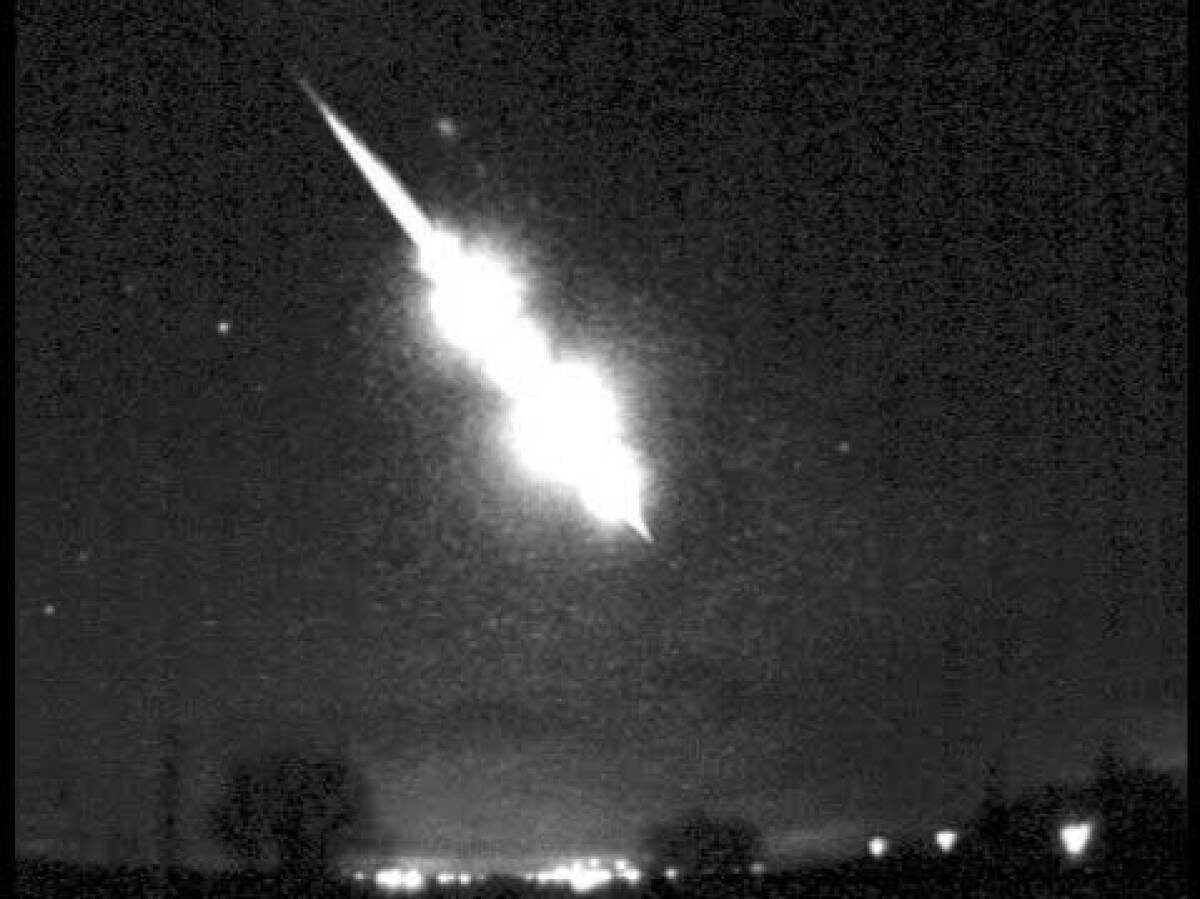OF THE
TIMES
They call it "The American Dream," because you have to be asleep to believe it.
Tangential link: Here is an interview with jimbob who does political satire cartoons and videos. I will add a link to some cartoons from 2019,...
As I thought Kimster, all exaggeration. Bleh! [Link]
Informative and resourceful sites such as this one are rare to find. Thank you very much for sharing this. [Link]
As we age, muscle mass gradually declines, and with it, sometimes cognitive function. No, it doesn't. It is not age, but the accumulative effect...
The Cuban missile crisis was an example of the USA threatening Armageddon and the use nuclear weapons to enforce their "Monroe Doctrine" (any...
To submit an article for publication, see our Submission Guidelines
Reader comments do not necessarily reflect the views of the volunteers, editors, and directors of SOTT.net or the Quantum Future Group.
Some icons on this site were created by: Afterglow, Aha-Soft, AntialiasFactory, artdesigner.lv, Artura, DailyOverview, Everaldo, GraphicsFuel, IconFactory, Iconka, IconShock, Icons-Land, i-love-icons, KDE-look.org, Klukeart, mugenb16, Map Icons Collection, PetshopBoxStudio, VisualPharm, wbeiruti, WebIconset
Powered by PikaJS 🐁 and In·Site
Original content © 2002-2024 by Sott.net/Signs of the Times. See: FAIR USE NOTICE

Reader Comments
to our Newsletter